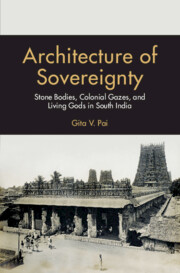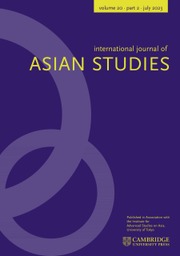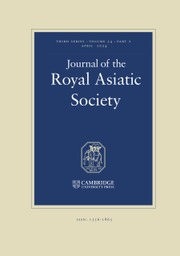Unruly Monuments
It examines how Delhi's Sultanate and Mughal architecture, dating from the twelfth to the seventeenth centuries, became modern monuments and were assimilated and ordered into public consciousness as spaces for tourism, leisure, and intellectual contemplation during the colonial and early postcolonial eras (1828–1963). It examines the resistance that challenges this ordering, rendering monuments unruly and unassimilable despite state efforts to control their narrative. This exposes the nation's contradictory claims of inclusivity while marginalizing subaltern groups. It guides readers through picturesque landscapes, museums, imperial displays, postcards, travel experiences, Partition refugee camps, and cinema. Analyzing these forms reveals how the archive of Indo-Islamic monuments was shaped through presences and absences. Each chapter examines everyday life, untangles knowable public transcripts, illuminates strategic excisions and hidden transcripts, juxtaposes evidence that has not yet been analyzed in conjunction, reads archival material against the grain, and finds archival layers in unfamiliar places.
- Juxtaposes unlikely materials of study together – postcard's visual form and lived tourist experiences and film analysis with architectural monuments
- Highlights physical transformations at architectural monuments, well-known on the tourist circuit, that are not immediately visible or apprehended as changes
- Each chapter explores a case study in terms of site or media
Product details
July 2025Hardback
9781009345170
370 pages
229 × 152 mm
Not yet published - available from July 2025
Table of Contents
- Introduction: Unruly Monuments
- 1. Qutb Becomes a Monument: On the Picturesque and Its Discontents
- 2. Museum-ization Narrates the Lal Qila
- 3. The Traveler's Archive: Postcards as Partial Souvenirs
- 4. The 'Un-exchangeable' Monument: Delhi's Purana Qila as a Partition Refugee Camp
- 5. Absence of the 'Un-exchangeable' Monument: Cinema, Nations, and the 'Long Partition'
- Epilogue: Dwelling with Unruliness.






